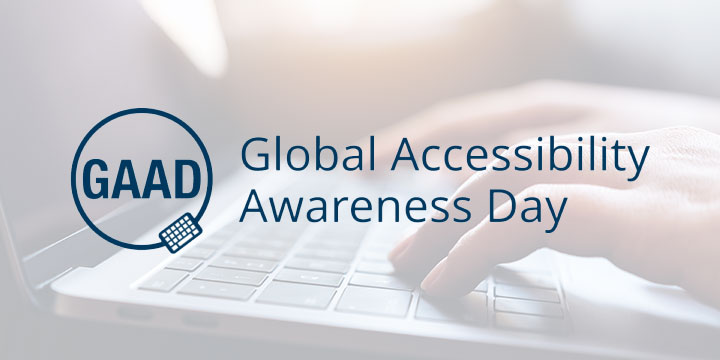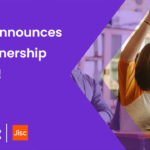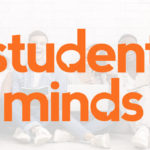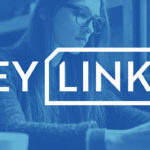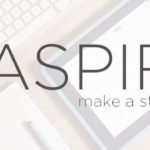Today, Thursday 20th May, marks the 10th annual Global Accessibility Awareness Day, GAAD for short. The goal of GAAD is to encourage everyone to think, talk and learn about digital accessibility and inclusion.
What is Digital Accessibility?
The web can be a daunting place for anyone, but every user deserves a first-rate digital experience. Someone with a disability must be able to experience web-based services, create and consume content and other digital products with the same successful outcome as those without disabilities.
This awareness and commitment to inclusion is the goal of Global Accessibility Awareness Day (GAAD), a global event that shines a light on digital access and inclusion for people with disabilities.
Who is affected by Digital Accessibility?
Data shows that 1 billion people worldwide have disabilities, with the most common being:
Visual
People who are blind need alternative text descriptions for meaningful images and use the keyboard and not a mouse to interact with interactive elements.
Hearing
People who are deaf or hard of hearing will need video presentations captioned and visual indicators in place of audio cues.
Motor
People with motor impairments may need alternative keyboards, eye control or some other adaptive hardware to help them type and navigate on their devices.
Cognitive
People with different learning disabilities/impairments would benefit from an uncluttered screen, consistent navigation and the use of plain language.
What we’re doing
Kortext is committed to providing rich, highly functional, long-term solutions for the needs of all, making our platform truly accessible.
We are committed to working with our users to provide the best possible experience. As a minimum, all our content aims to conform to level AA of the latest Web Content Accessibility Guidelines WCAG2.1. These guidelines explain how to make web content more accessible for people with disabilities. Conformance with these guidelines also makes web content more user friendly for all people.
Examples of our accessibility features include a read aloud mode, dyslexia friendly fonts and the ability to change the colour of pages.
For more on our accessibility, click here.
What can you do?
Be mindful of others and consider their needs when creating digital assets en masse. Use colours and fonts that are friendly to those with visual impairments, add a transcription and captions for videos and if presenting, make sure a recording of the presentation is available to takeaway and consume.
It’s also worth sharing, Global Accessibility Awareness Day are running a series of virtual events which can be attended by clicking here.
